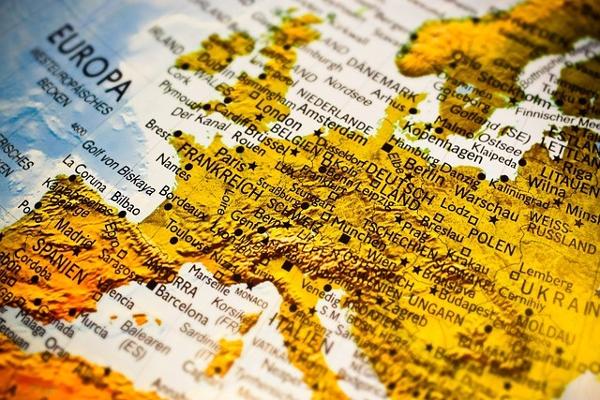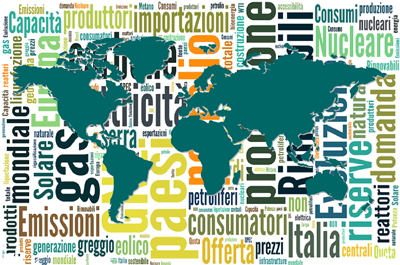Energy poverty has long been a significant concern in Europe, with the latest data indicating its prevalence along with the increasingly consistent introduction of legal measures to address it. According to Eurostat, over 41 million people in the EU, representing 9.3% of the population, were unable to adequately heat their homes in 2022. Additionally, nearly 7% of EU citizens had arrears on their utility bills, and almost 15% lived in dwellings with leak, damp, or rot in 2020.
Given such circumstances, the rise in energy prices following Russia's invasion of Ukraine disproportionately effects vulnerable consumers - such as single-parent families most often led by women, the elderly, and those in the private-rented sector (PRS) - forcing them to pay more for fuel, heating, and electricity. In light of this, the IEA and the European Commission identified that energy price hikes are linked to various factors such as increased demand due to post-pandemic economic recovery, supply shortages, and adverse weather conditions affecting renewable energy production.
To combat energy poverty, the EU has introduced legal measures aimed at defining and monitoring the issue. The 2023 Social Climate Fund regulation and the revised Energy Efficiency Directive (EED) define energy poverty as the lack of access to essential energy services, caused by factors like low income, high energy expenditure, and poor energy efficiency of homes. Additionally, directives such as the Electricity Directive and the Gas Directive have provisions addressing vulnerable customers and energy poverty.
Efforts to address energy poverty are ongoing, with calls for EU-level indicators and granular data to inform policy interventions effectively. Thus, indicators that should officially be adopted to measure energy poverty include inability to keep homes warm, arrears on utility bills, and the at-risk-of-poverty rate. The Energy Poverty Advisory Hub has therefore become the guiding center to provide expertise and resources to combat energy poverty, offering information, databases, and training materials.
As the need for affordable energy prices and a fair transition to a climate-neutral economy remains a priority for European policymakers, we have seen increasing efforts in legislations addressing energy poverty dating back to the 2009 third energy package, with explicit mentions in directives such as the Electricity Directive and the Gas Directive. The energy package that followed, known as 'Clean energy for all Europeans', introduced requirements for Member States to assess and address energy poverty in their national energy and climate plans.
More recently, the revised EED stresses the need for assessment of households in energy poverty, obliging Member States to establish criteria and protective measures specifically for vulnerable customers. In theory, this measure allows for public interventions in electricity pricing for energy-poor households and extends reporting obligations on energy poverty measures. Additionally, the EED mandates Member States to prioritize energy efficiency measures for vulnerable households, integrating outcomes into national energy and climate progress reports. On the same note, the Energy Performance of Buildings Directive (EPBD) recast requires strategies to alleviate the root causes of energy poverty through renovation plans, focusing on worst-performing buildings.
Furthermore, non-legislative measures advocate for energy poverty mitigation, including campaigns from the European Commission promoting immediate and medium-term actions to mitigate the impact of high energy prices on consumers and businesses. The latest European Parliament resolutions see a strong push for structural measures such as energy efficiency improvements and renewable energy promotion, as member states embrace the role of the renovation wave initiative in alleviating energy poverty through building renovations and energy-saving measures.
Among many others, a diverse range of measures and interventions aimed at tackling energy poverty have been studied and reported by the EU-funded ENPOR project, encompassing technical, financial, educational, and public participation aspects. For example, technical measures to alleviate energy poverty within the PRS focus on enhancing household energy efficiency through insulation improvements, heating upgrades, and energy-efficient appliances. There are many measures addressing financial support, including subsidies and loans, which can facilitate the implementation of technical upgrades. Alternative measures include educational initiatives that engage tenants through energy coaching and community events, fostering awareness about energy-saving techniques. Public participation varies between each of these, with some policies and measures involving consultations in their design stages, allowing for cocreation of alleviation measures, with others providing information and support to vulnerable households using previously-established resources. Additionally, recruitment mechanisms rely on referrals from local councils and media outreach, while delivery mechanisms involve a mix of NGOs, private companies, and government bodies at different jurisdictional levels.
ENPOR also provided recommendations on how to keep improving our response to energy poverty in Europe. By fostering collaborative outreach and material dissemination, experts advocate for the creation of decentralized consulting services and region-specific needs assessments, fostering partnerships with various entities such as governmental agencies, utility companies, and community groups.
Moreover, there must be a deeper understanding of energy conservation through social energy advice and tailored training, possibly through continuous monitoring and evaluation, thereby urging the development of robust systems and indicators to gauge long-term effectiveness. Evidently, stakeholder engagement and capacity building become crucial in this perspective, with a call for collaborative training sessions and forums to facilitate knowledge exchange and cooperation.
Furthermore, data-driven policy development and the enhancement of resource availability will greatly benefit the conceptualization and application of solutions to the ever-growing issue of energy poverty. This becomes possible when aligning national policies with EU frameworks and leveraging tools like the EPAH, or the complimentary Energy Poverty Dashboard. Additionally, more measures to upscale funding schemes and ensure financial longevity should be made widely available and accessible, while stressing the importance of addressing market dynamics and involving all relevant authorities in regulatory discussions.
Ultimately, the application of the above are most effective in reducing energy poverty when implemented in tandem rather than in isolation. The integration of comprehensive training programs with financial support mechanisms for renovations creates a more holistic approach to reducing energy poverty, by combining the empowerment of citizens through increased knowledge gained via trainings with the practical support of renovation grants. Implementing bodies can therefore achieve a more significant and sustainable impact in alleviating energy poverty throughout Europe by applying multiple measures in parallel.




















